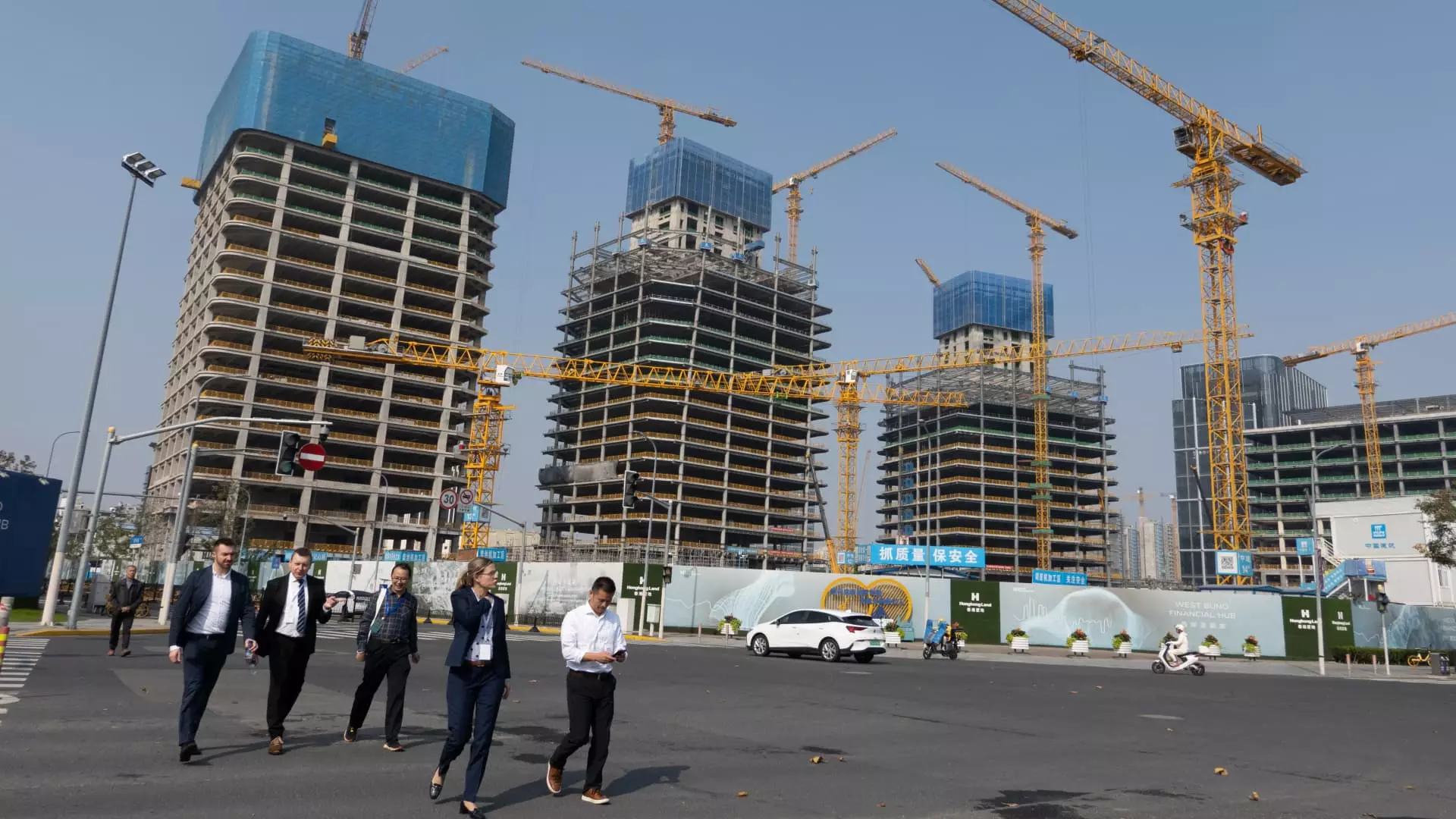In light of a slowing economy, China stands poised to announce further stimulus measures following its National People’s Congress meeting, which concluded this week. This initiative comes against a backdrop of heightened pressure on the Chinese economy, notably influenced by a real estate market in decline and external factors such as geopolitical tensions. The market’s optimistic response to previous stimulus announcements suggests a critical need for decisive action, particularly to shore up investor confidence and invigorate economic activity.
Since late September, there has been a noticeable uptick in communication from Chinese authorities regarding fiscal and monetary support. President Xi Jinping’s discussions regarding the necessity to stabilize the financial landscape and curb the real estate slump underline the urgency of the situation. Rate cuts from the People’s Bank of China (PBoC) reflect attempts to stimulate economic growth, yet the success of these measures remains contingent on both legislative approval and the broader financial ecosystem within which they operate.
The National People’s Congress plays a pivotal role in enabling major fiscal expenditures, necessitating a careful balancing act between encouraging spending and mitigating the burgeoning local government debt crisis. Past sessions, particularly one held in October last year, witnessed significant shifts in fiscal policy, including an increase in the government’s deficit limit to 3.8%. Such decisions signal the central government’s willingness to adapt to evolving economic pressures, yet they also raise questions about long-term sustainability and governance.
Despite optimistic projections for increased fiscal support, skepticism persists regarding the direct assistance offered to consumers. Recent commentary from Finance Minister Lan Fo’an highlighted a focus on local government debt issues, indicating a preference for macroeconomic stability over immediate consumer-oriented relief. As the government seeks to address the staggering estimated 50 trillion to 60 trillion yuan ($7 to $8.4 trillion) in hidden debt, the potential for raising local borrowing limits by 10 trillion yuan over the next few years presents both opportunities and challenges.
The rationale behind tilting toward debt management instead of broad consumer stimulus reflects a cautious approach, especially in the wake of the pandemic’s economic repercussions on local revenue streams. With local governments increasingly burdened due to pandemic management expenditures, relying on traditional revenue sources such as real estate has become increasingly untenable.
As China undertakes this delicate economic balancing act, the effectiveness of its stimulus measures will largely depend on precise implementation and subsequent market responses. The potential for revitalizing the economy hinges on bolstering consumer confidence and ensuring that policy measures translate into tangible support for everyday citizens. While the government acknowledges the pressing nature of the economic landscape, it must navigate between immediate crisis response and longer-term fiscal responsibilities.
The forthcoming stimulus announcements from Chinese authorities could play a pivotal role in steering the economy toward a sustainable recovery. However, policymakers must remain mindful of the intricate interplay between supporting economic growth and managing existing debt burdens, ultimately determining the trajectory of China’s post-pandemic economy.

